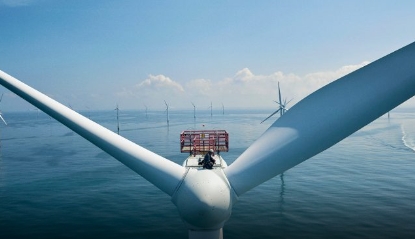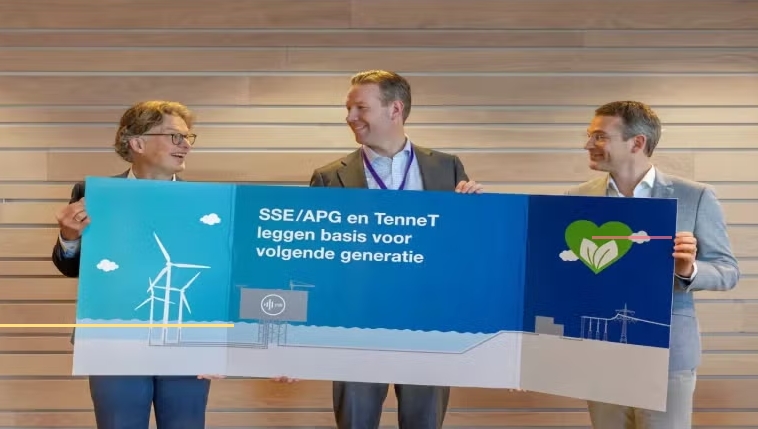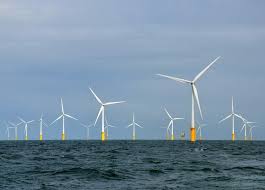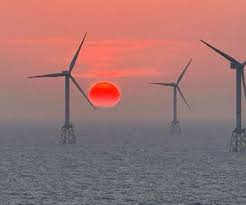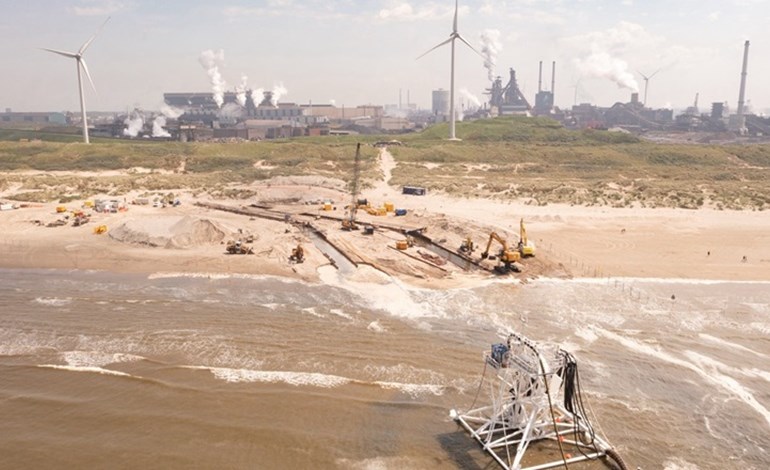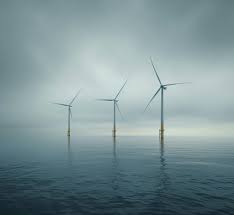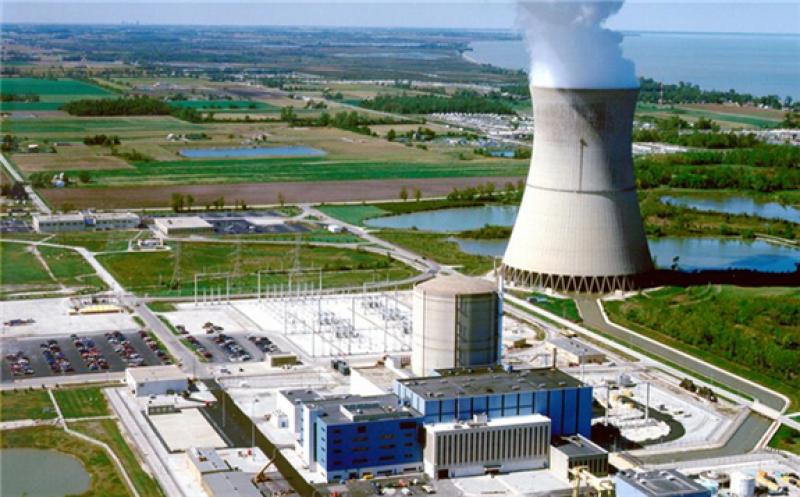
There a number of examples. The unnecessary closing of the Vermont Yankee Nuclear Power Station at the end of 2014 led to an increase in fossil fuel use, specifically natural gas, that completely filled the gap. Same with San Onofre in California.
In a report on the impact of shutting down Indian Point Nuclear Plant, the NYISO said three natural gas plants would replace the lost nuclear power when Indian Point completely shuts down in 2021.
The potential closing of a few more nuclear plants in the North East will increase gas use even more and its concomitant CO2 emissions.
Even environmental groups don’t like this substitution. The environmental group Riverkeeper plans to challenge efforts to replace that nuclear with natural gas.
But what will they use instead? Wishful thinking? Begging hydro from Canada?
Since 2000, we’ve been heavily fostering wind and solar with production tax credits and investment tax credits. But at present, wind is barely 9% of electricity generation and solar isn’t even 2%. Nuclear is our biggest source of carbon-free energy, just below 20%. At 65% fossil fuel, there’s lots of fossil fuel for renewables to displace before we worry about replacing nuclear.
The build rate for wind and solar is just too slow to replace just nuclear so it would never even get to replacing fossil fuel. And replacing fossil fuel is what the goal of fighting global warming is all about.
Or so I thought.
Articles have recently come out saying that if states would stop trying to save their nuclear assets by providing just 1¢/kWh (compared to the 2¢/kWh or more provided to renewables) and spend that money on wind and solar, they could buy more energy.
However, the problems in deploying wind and solar isn’t about money. At the utility scale for solar or wind, you have to find the enormous amount of space, emplace more high-voltage transmission lines and grid connections, get permits, and figure out how to deal with their intermittency.
In states that cover more than half of the country, there are renewable portfolio standards - absolute quotas that must be met in terms of electricity load, for wind and solar. Consumers in those places will pay until the quota is met, no matter what the cost.
The problem isn’t money.
Over the next 20 to 40 years, the Levelized Cost of Energy for an existing nuclear plant is only 3¢/kWh. For an existing gas plant the LCOE is 5¢/kWh, and for an existing coal plant it’s 4¢/kWh. The LCOE for a new gas plant is 7¢/kWh, for a new nuclear plant is 9¢/kWh, for a new coal plant is 10¢/kWh, and for new wind is 11¢/kWh. So prematurely closing any nuclear plant to be replaced by new anything makes no sense economically.
Operating an existing nuclear plant is much more cost-effective than even existing coal and gas plants, and much cheaper than installing any new power plant, even natural gas.
A 1,000 MW nuclear plant produces about 9 billion kWhs of carbon-free electricity each year with a capacity factor over 90%. To replace that with wind, would require about 3,000 MW of new wind turbines at $1.5 million/MW, or $4.5 billion, just for construction. Two natural gas plants could do it for a third of that construction price, not including fuel costs or new pipelines.
And the anti-nuclear folks never discuss Negative Energy Pricing and how increased renewables causes this problem to grow bigger, wiping out any potential savings from closing nuclear.
It’s so strange to see otherwise caring environmentalists ignore climate scientists when it comes to climate change. The world’s top climate scientists, including Dr. James Hansen, Dr. Tom Wigley, Dr. Ken Caldeira and Dr. Kerry Emanuel, have all urged world leaders and environmental campaigners to stop their unscientific and ideological attacks on nuclear energy and support its expansion.
Climate scientists have warned that the anti-nuclear position of environmental leaders is causing unnecessary and severe harm to the environment and to our planet’s future by prolonging carbon emissions. Even the Union of Concerned Scientists, admits we need nuclear to address global warming.
U.S. carbon emissions rose in 2018 by over 60 million tons of CO2. Closing six nuclear plants over the last few years, building new gas plants, increasing manufacturing and construction, and increasing gasoline/diesel/jet fuel demand are the reasons for this rise.
Increased renewables and increased energy efficiency have not been able to keep up with any one of these effects. It’s why any Green New Deal is dead without nuclear energy. We need all non-fossil sources to have any chance of lowering our CO2 emissions in time to do anything about global warming.
The other unintended consequences to shutting down perfectly-working nuclear plants that have already been relicensed as safe for another 20 years by the NRC, are the social costs. Most nuclear plants are in smaller towns and cities, so when nuclear plants close, the surrounding towns are devastated. Local budgets are cut in half. The real estate market is ruined. Taxes are increased, even if the state helps out. There are always layoffs of police and firefighters.
That’s because nuclear jobs are the best in the business. They have the highest salaries, and there are more of them in nuclear per MW than other energy source. The local tax revenue is better than anything those towns can get from other businesses, even high tech.
No phantom savings in operating costs can justify such social and economic loss.
